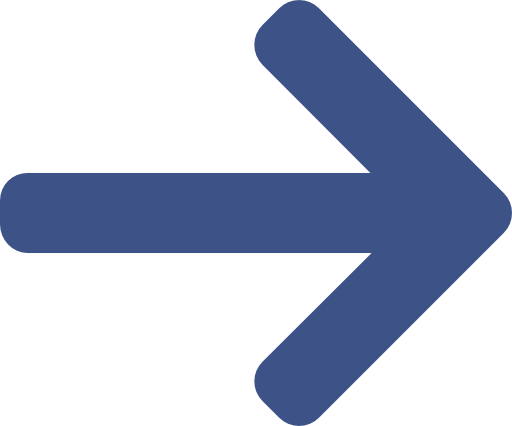According to IQVIA, if we include partnerships/collaborations, in 2023 there were 31 deals above the value of $2bn. Three major areas are emerging as frontrunners, spanning the key therapeutic directions of Tema’s funds. In the most recent conference call, Roche CEO Schinecker said: “We are open for M&A. Roche will focus on areas including cardiovascular and metabolism disorders, neuroscience and oncology.”

Source: IQVIA Pharma Deals, Dec 2023.
Oncology
Oncology led M&A deals with the focus being around the key technologies we identified in our Investor’s Guide to this space .
- Antibody drug conjugates (ADCs), where a toxic drug is attached to an antibody to target cancer cells, are a very hot area. This is because the technology is well proven now and works across many cancer types. It is also because the market potential could be as large as $150bn, as these drugs are a more precise replacement for chemotherapy which is still given to 37% of cancer patients. Most strategic buyers, as per the chart below, have now acquired ADC assets. Such as the most recent $10bn acquisition by Abbvie of Immunogen.
- In addition to ADCs, radiopharmaceuticals have seen more deals in the past twelve months, as their potential in cancer has become much more recognized. At the same time large biopharma companies may have more room to go in terms of building up radiopharma capabilities through deal-making (see chart). 50% of cancer patients are likely to receive radiotherapy at some point during their illness and radioligands are a precise form of treatment.
Most recently, Astrazeneca announced an acquisition to buy Fusion Pharmaceuticals, which specializes in therapies based on alpha medical isotopes. Source: Tema analysis.
Source: Tema analysis.
- Another area is targeted oncology – where buyers are being selective. Companies like Mirati attracted a bid because of their commercial targeted drugs.
- Finally, although cell therapies and immuno-oncology have received a lot less attention recently on the business development front, they should not be overlooked. These areas represent potentially attractive investment opportunities, as they are out of favour with investors but represent a significant part of the oncology market.
Neurology
Neurology is an enormous market. A recent study in the Lancet estimated that 43% of the world’s population are afflicted by some form of neurological disorder – from mental health issues to Alzheimer’s. From the perspective of M&A it means innovative medicines can be launched in very large chronic markets.
- There was a burst of activity in the neuro space towards the end of 2023 with two large deals by Abbvie and BMS.
- Interestingly we saw deals in the medical device space (not listed above) as well. These include the acquisition of Axonics by Boston Scientific, in the peripheral nerve modulation space, and by J&J of Shockwave, a leading provider of innovative intravascular lithotripsy technology for treating calcification of arteries.
Cardiometabolic
Cardiometabolic for many years was not seen by many pharmaceutical companies as an important market, largely because of prevalence of generics and lack of true innovation. All this has changed with the obesity revolution. Many players are realizing the potential market size and the possibility of treating the root cause of many chronic diseases.
- Roche joined the obesity race with the acquisition of privately held Carmot.
- Novo Nordisk agreed to acquire Inversago, which is working on a CB1 receptor blocker, a potentially promising approach that could be very complementary to GLP-1 therapy.
- Although M&A is a positive there are multiple variables that need to fall into place for a transaction to happen. The most important is the sellers price expectations. Cytokinetics is a great example of a firm that has reported good data for its Phase III read out, attracted well documented interest from Novartis but ultimately a deal didn’t happen due to high price expectations.


 Back
Back


.png)
